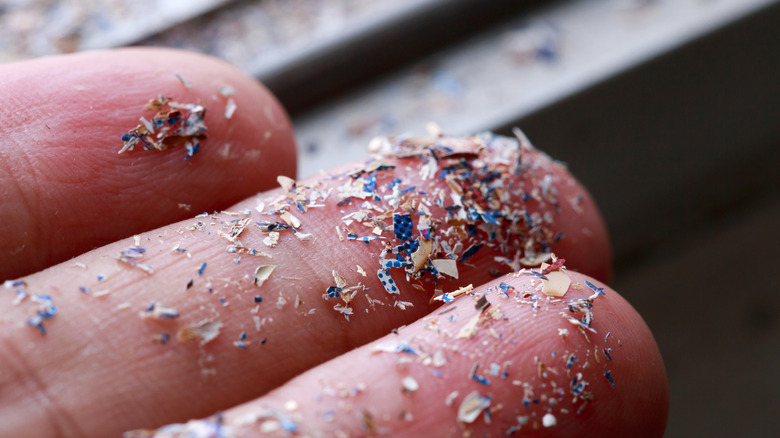Microplastics have quickly spread over the entire planet, getting into the digestive systems of marine animals and even the water that people drink every day. According to a 2022 analysis by the Environmental Working Group, sewage sludge that contains plastic PFAS that cannot degrade in the environment contaminated about 20 million acres of US soil.
Given its high nutrient content, sewage is often employed in circular economies as a substitute to organic fertiliser. As a result, the fruits and vegetables that people eat every day often contain sewage growth.
40% of the estimated 8–10 million tonnes of sewage sludge produced in Europe each year is utilised as fertiliser for farms. Thus, the largest global reservoir for microplastics is found in European farms. according to Cardiff University researchers.

This equates to between 31,000 and 42,000 tonnes, or 86 trillion and 710 trillion microplastic particles, polluting cropland in Europe every year.
According to Catherine Wilson, a co-author of the study, the number of microplastics that wind up on farmlands “is definitely an underestimate.”
In addition, hazardous chemicals are released by microplastics, and as they move around the environment, they absorb additional toxic substances as well. Additionally, earthworms can be harmed by these plastic particles, which can restrict their growth and harm the soil’s fertility and agricultural processes.
:max_bytes(150000):strip_icc()/plastic-in-food-1326551743-9f76d9b33c384ca4aef0a287f1eab5fc.jpg)
Although root veggies may have the most microplastic, leafy vegetables may have a lower concentration.
While ingesting microplastics has no negative effects on plants, they can have negative effects on people who consume them. Resulting in disruption of the endocrine system, poor foetal development, cancer, heart disease, and even cell destruction in the body.





